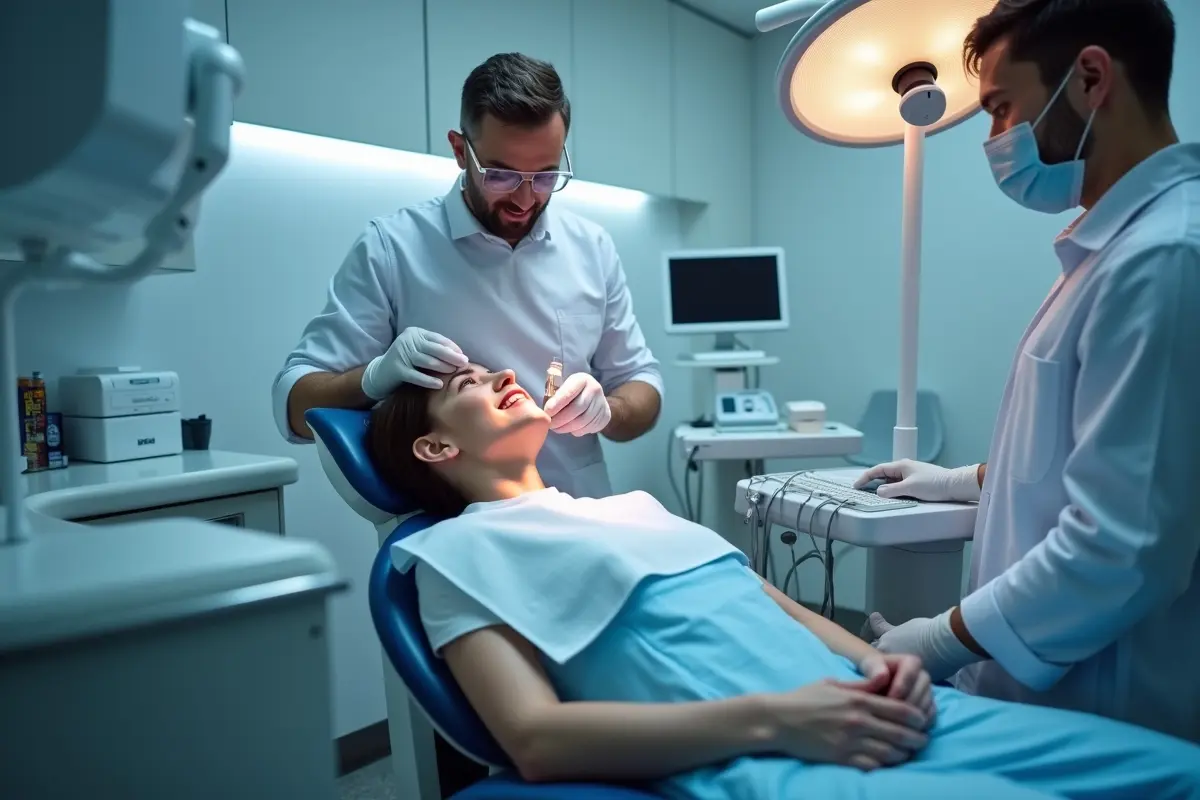The integration of laser technology into dentistry has revolutionized standard procedures, particularly in the field of dental implantology. Instead of relying solely on conventional scalpel-and-suture techniques, clinicians now have minimally invasive alternatives that preserve healthy tissue and improve overall treatment outcomes. Laser-assisted procedures are especially useful for those seeking more comfortable and efficient care, such as those pursuing dental implants Dallas, TX.
By enabling both rapid and gentle tissue modification, lasers foster a quicker healing environment and reduce trauma for patients. Their growing popularity among both dental professionals and patients stems from their ability to offer improved precision, greater comfort, and better safety profiles than many traditional methods. As dental technology continues to evolve, laser-assisted implantology represents a significant leap forward in personalized patient care.
Contents
Advantages of Laser Use in Dental Implant Procedures
- Minimized Bleeding: During implant surgeries, lasers coagulate blood vessels as they cut, dramatically minimizing bleeding. This allows for clearer visibility and often eliminates the need for postoperative sutures.
- Lower Infection Risk: The high-energy light beams from lasers help sterilize the surgical field, reducing the presence of bacteria and, consequently, the risk of postoperative infection. This is especially important in the oral environment, which naturally harbors many microorganisms.
- Faster Healing: Patients typically experience less swelling and discomfort after laser procedures, as the technique causes less tissue trauma. This rapid recovery translates to reduced downtime and greater convenience for those seeking implant treatments.
- Superior Precision: Lasers enable clinicians to remove tissue with pinpoint accuracy, preserving surrounding structures and ensuring optimal placement of implants.
Safety Considerations in Laser-Assisted Implantology
While lasers offer numerous well-documented benefits, their use also presents unique technical challenges. Inappropriate settings or operator error can result in thermal injury to tissues or unintended alterations of the implant site. For effective and safe outcomes, clinicians must complete extensive training in both the physics of laser energy and the biology of oral tissues.
Meticulous calibration of equipment and adherence to safety protocols—such as the use of protective eyewear and controlled exposure times—are necessary to prevent complications.
Clinical Applications of Lasers in Implant Preparation
Laser technology plays a role in every phase of dental implant preparation, from the initial incision to site sterilization and final placement. Specific applications include:
- Soft Tissue Management: Lasers can sculpt and contour the gums with extreme precision, creating the ideal architecture needed for implant integration and long-term success.
- Bone Modification: Certain lasers facilitate the delicate removal or reshaping of bone tissue, allowing for the secure and strategic placement of implants without unintentional damage to surrounding tissues.
- Decontamination: The bactericidal properties of laser light help eradicate pathogens at the site, which is crucial for maintaining a sterile environment and reducing the risk of peri-implantitis.
Patient Perspectives on Laser-Assisted Implant Procedures
Many patients report significantly less anxiety and pain when undergoing laser-assisted implant surgeries. The removal of sutures from the process, combined with the minimally invasive nature of lasers, often results in higher levels of comfort and satisfaction. Quick recovery times are frequently cited benefits, as patients are typically able to resume daily activities sooner than with conventional methods.
The reduction in post-surgical discomfort and minimized swelling has a positive impact on quality of life. It is a key driver behind the growing demand for laser-assisted implant procedures.
Future Directions in Laser Dentistry for Implants
Innovations in laser dentistry are continually enhancing the practice of implantology. Newer generation lasers offer more precise energy control, shorter procedure times, and advanced features that further reduce invasiveness and the duration of healing periods. Researchers are now exploring how lasers can stimulate the biological processes that accelerate bone integration, potentially improving the longevity and success of dental implants.
As these advancements become more widely adopted, patients will benefit from even greater efficiency, safety, and predictability in their dental treatment journeys.
Final Thoughts
The incorporation of laser technology into dental implant preparation offers profound advantages—from reducing patient discomfort and bleeding to enhancing clinical precision and lowering the risk of complications. Success in laser-assisted implantology depends on comprehensive training and strict adherence to safety guidelines. With constant technological improvements and growing clinical validation, lasers have become an indispensable tool in the evolution of modern dental care, setting a new standard for patient-centered implantology.



